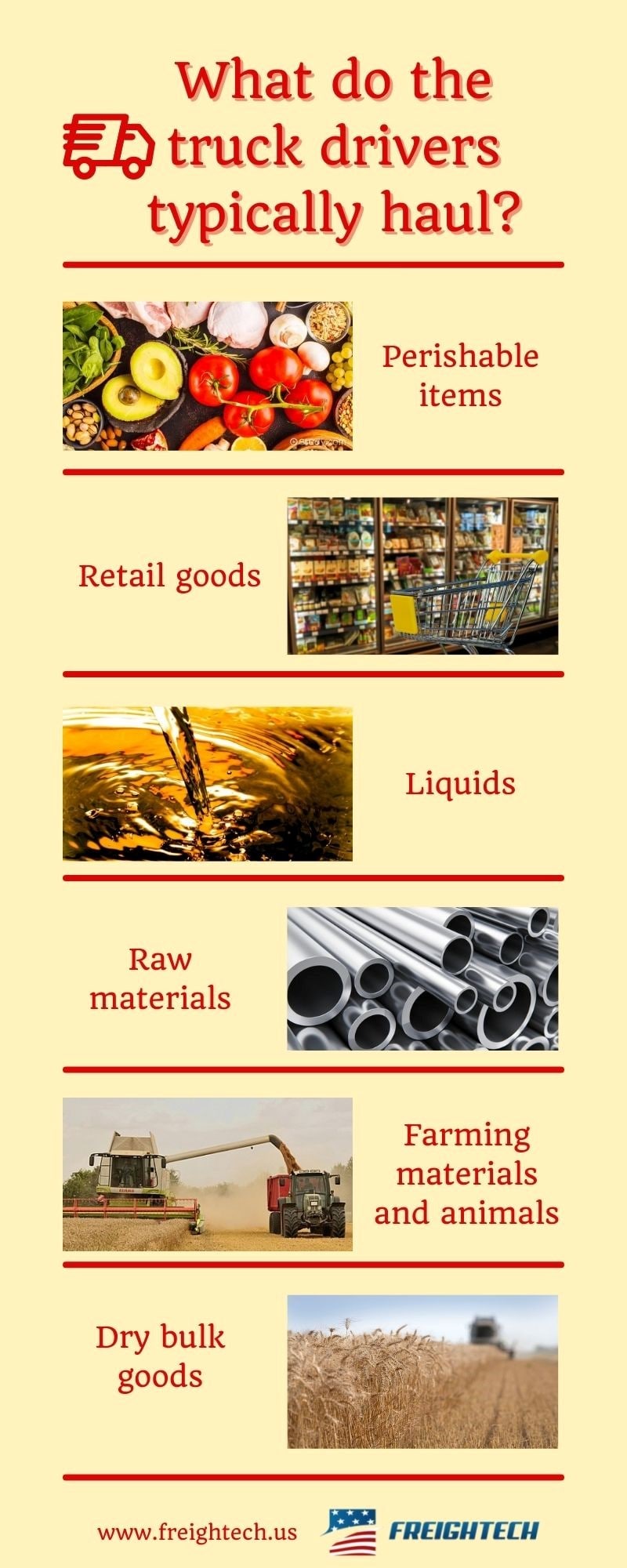What is interesting in the life of the trucker is that everyday can be different – different routes, different hours, different places to travel, and different types of cargo.
Trucking companies serve different types of industries, so that means that truckers have the opportunity to transport variety of hauls.
Some kinds of hauls are more common than others, and in the below text, we’ll explain them separately.
1. Perishable items
Perishable foods are those likely to spoil decay or become unsafe to consume if not kept refrigerated at 40 °F or below, or frozen at 0 °F or below.
Some of them are:
- meat
- fish
- dairy products
- flowers
- chocolate
- seafood
- fruit
- vegetables
- eggs
- some medications
Shipping perishable freight often requires refrigerated storage to slow or halt any bacteria growth.
Perishable goods are often called “hot loads” by truckers because they require delivery to be prompt and on schedule.
Refrigerated trucks, often called reefers, are specially equipped to move this kind of freight.
Trucks transporting perishables through areas with outside temperatures much lower than 32°F (0°C) may need to be warmed rather than refrigerated to prevent freezing or chilling injury.
Freezing fresh meat will darken its color and increase thaw drip.
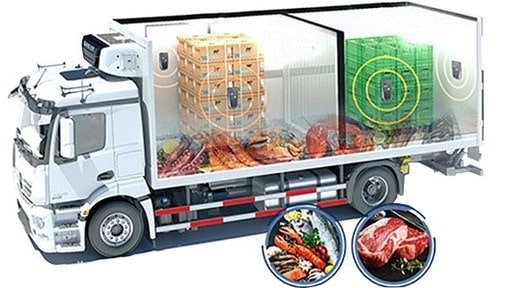
Eggs may crack and incur irreversible physical changes by freezing. The texture of some cheeses is changed by freezing.
Temperature management plays the most significant role in extending the market life of perishable foods.
They must be maintained within specific, narrow temperature ranges during all stages of handling, including transportation, to ensure that their quality and safety are not compromised.
2. Retail goods
These are products sold in stores that do not have a short shelf life.
Some of them are clothes, non-perishable food, toiletries.
Dry vans are typical transporters to this type of freight.
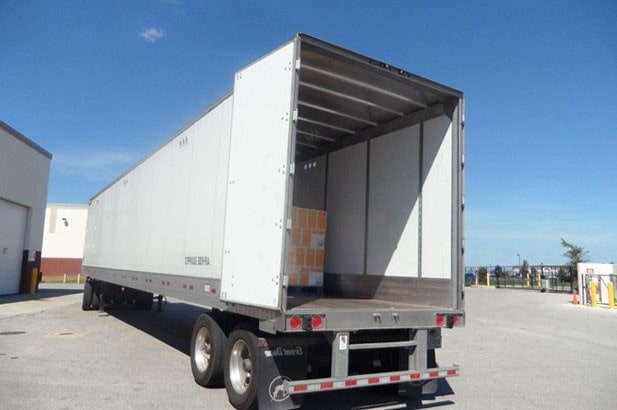
Dry van trailers are fully enclosed boxes designed to transport a wide range of freight safely and securely.
Each trailer can haul up to 45,000 lbs.
3. Liquids
There are many different kinds of liquids that need transporting all across the country. It can be milk, molasses, oil, liquid petroleum gas, or even cement.
There are several liquid types that require extra precaution during storage and transportation like explosive substances, radioactive substances and toxic substances, flammable and corrosive substances.
A “bulk liquid” is a large volume of liquid that is transported without being packaged into individual containers.
Liquid products are transported in tanker trucks. The average tanker truck can hold between 6,000 and 7,000 gallons of liquid, but there are varieties that hold as little as 5,000 or as much as 11,600 gallons.
Since the bulk liquid isn’t packed into any other container before going into the back of a truck, it is extremely important to ensure that the trailer has no leaks – before putting the liquid inside.
Even a tiny leak could result in a significant loss of fluid over time.
By the time the truck gets to its destination, it could have lost most of the shipment!
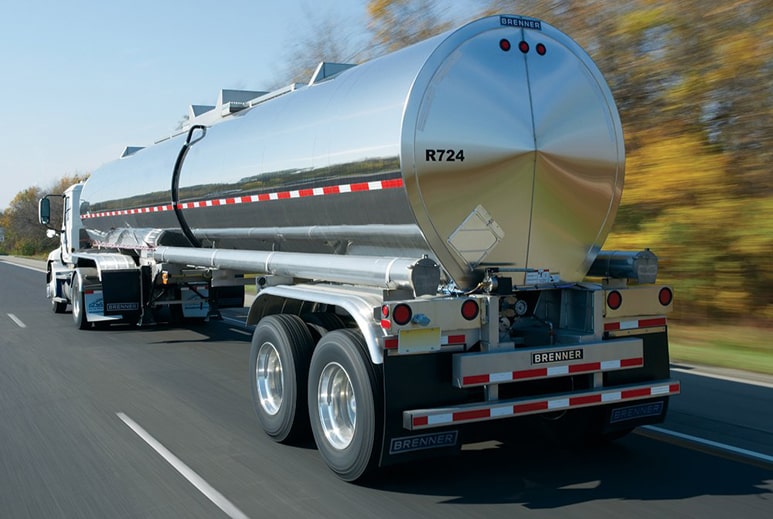
Some tankers are purely cylindrical, for liquids to be pumped in and out using tubes, while others have hoppers on the bottom with valves, to make unloading easier.
Transporting liquids can make trucks harder to control. Drivers must be extra careful when pulling a bulk tanker, especially if it isn’t completely full. The liquid inside the tanker sloshes around with the movement of the trailer, so if the driver brakes too hard or turns too fast, the weight of thousands of gallons of liquid could surge to one side and topple the trailer. If the shipment contained chemicals, then massive environmental damage could be sustained as well.
Careless driving could result in creating foam which can be annoying to deal with when unloading the trailer, but at worst; too much aeration could ruin the shipment.
Contamination can be a nightmare for shippers moving edible products like milk or syrup. If the tank isn’t properly cleaned before the next shipment is loaded into it, then residue from the previous shipment will contaminate it.
If the transported liquids are intended for human consumption, the regulations established by the U.S. Food and Drug Administration (FDA) must be obtained. These regulations include sanitary handling of the food, proper worker hygiene, pest control, and employee training. Also documentation of training, prior notice and a Hazard Analysis and Critical Control Point (HACCP) system need to be provided.
When shipping a HazMat freight there are tons of regulations in place to protect you, your workers, the general public, infrastructure, and the environment. Specifically, hazardous materials shipments by trucks traveled the shortest distance, an average of 56 miles per shipment, compared to all other modes. Flammable liquids, especially gasoline, are the predominant hazardous materials transported in the United States,
4. Raw materials
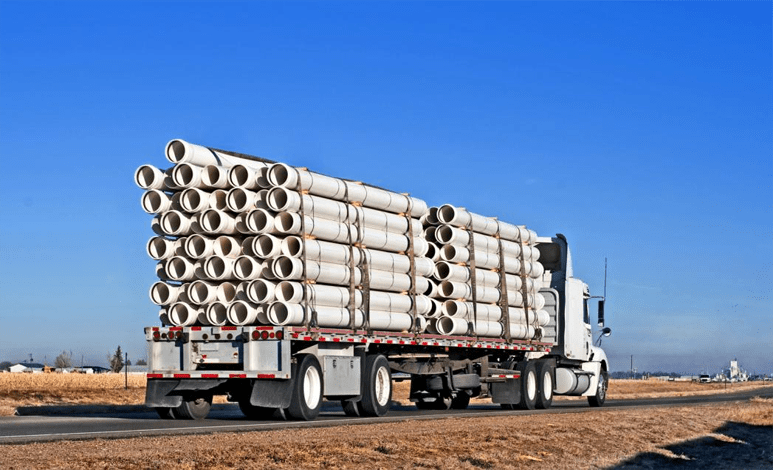
A raw material, basic material that is used to produce goods, finished products, energy, or intermediate materials that are feedstock for future finished products.
Most popular are steel frames, metal pipes, and other construction materials.
Raw materials come in all shapes and sizes.
They are typically carried on flatbed trucks.
5. Farming materials and animals
Truckers can transport hauls related to the farming industry; oversized loads with equipment like harvesters or bailers; grain, hay and feed for farm animals; or even the live animals themselves.
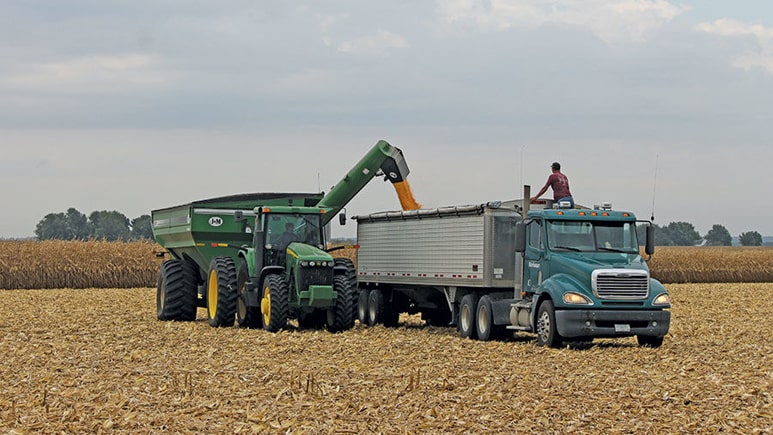
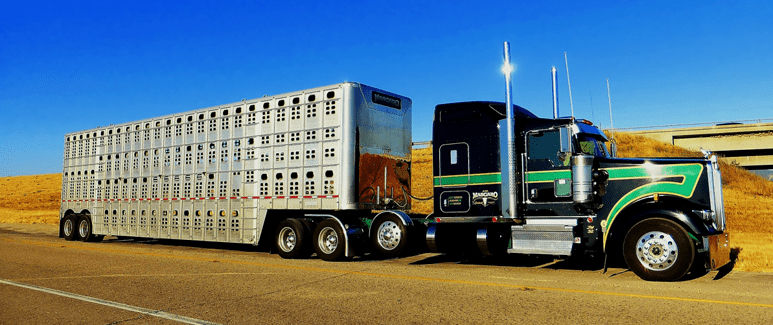
Millions of animals are transported daily all over the world.
However, long distance animal transport is an animal welfare issue, because it is a stressful event triggering often the onset of health problems.
There are some regulations issued while transporting animals.
Maximum journey duration is 29 h for ruminants and 24 h for horses and pigs.
After this time animals must be unloaded for resting, watering and feeding at authorized locations.
6. Sensitive cargo
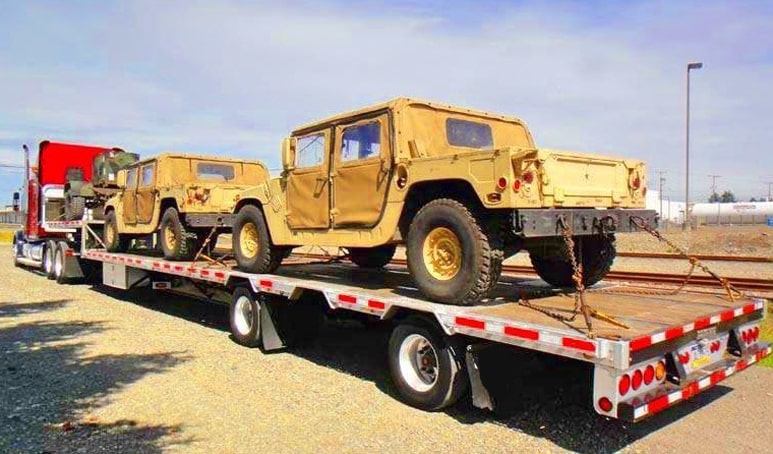
Trucker can be transporting goods for the Treasury Department, military, research institutions, and other organizations related to national security.
Sometimes, they may not know what they are hauling.
Trucking companies that are responsible for this type of cargo are supposed to go through extensive security clearances.
7. Dry bulk goods
A dry bulk commodity is a raw material that is shipped in large unpackaged parcels.
The commodities can include grain, sugar, starch, sand, flour, plastic pellets, and clay.
This type of cargo requires a dry bulk tanker. Dry bulk tanks are pneumatic cylinders, which sit upon a row of cone-shaped hoppers.

The trailer comes with a series of openings called manholes, which are used to load the product.
When loading, usually the driver pulls the truck under a chute attached to a silo, and gravity does most of the work as the material drops through the manhole.
The process moves from one manhole to the next, to fill the trailer evenly. The freight is loaded from the top of the tank, and exits from the bottom. This configuration releases the freight from the bottom into the hoses that will deliver the product to the customer.
Before a dry bulk trailer takes on a new load, it needs a thorough washing at a certified facility because it can get easily contaminated. The tank wash just needs to blast the inside of the trailer with water at high pressure. After the wash, the trailer is blown dry.
Transporting dry bulk goods come with higher rates. The reasons for that can be:
- Carriers pay a lot for their equipment
- Shipping will always include deadhead miles, since almost every delivery requires a trip to the tank wash.
- The same rate will be paid whether you fill the trailer halfway or all the way to the top. The carrier can`t combine mixed loads to create a “full tank load” shipment.
Do truckers know what they are hauling?
In most cases Yes.
The shipper usually lists what is in the cargo in the paperwork. Drivers get a description of the cargo on the consignment note. Sometimes the note comes with a detailed manifest of what is in the cargo.
It is important to know what the cargo is, if it’s:
– High- value cargo: This is essential information for the trucker to know if he needs to prepare for security contingencies. The cost of the goods stated on the invoice can range from a few hundred to several million dollars in case of industrial equipment, large quantities of hi-tech electronics, or pharmaceuticals. This type of cargo can include electronics, designer clothing or shoes, vintage wine, gold, precious stones including diamonds, and other high-value cargo.
Every shipper is interested in ensuring that his valuable cargo is delivered on time with complete safety and minimal risk of loss and theft. Any company can use a variety of shipping strategies for high-value cargo.
– Hazardous material: Hazardous materials are chemical substances that if released or misused can pose a threat to the environment or personal health. When shipping hazardous materials, DOT rules and regulations need to be followed. That`s why truckers need to know what is in the cargo so they can act accordingly. They are trained specifically to transport this type of freight.
When truckers may not know what they are hauling?
Some cargo needs strict level of secrecy because it concerns the national security. If it`s for Department of Defense, Treasury Department, research institutions, and other high-level technological establishments, the truckers do not know what they are hauling. It`s the same also if the cargo is military hardware, bullion, nuclear fuel and nuclear waste, defense research equipment and other clandestine equipment that requires discretion.
What is the most unusual or the most interesting freight you have hauled?
Share with us your experience!
